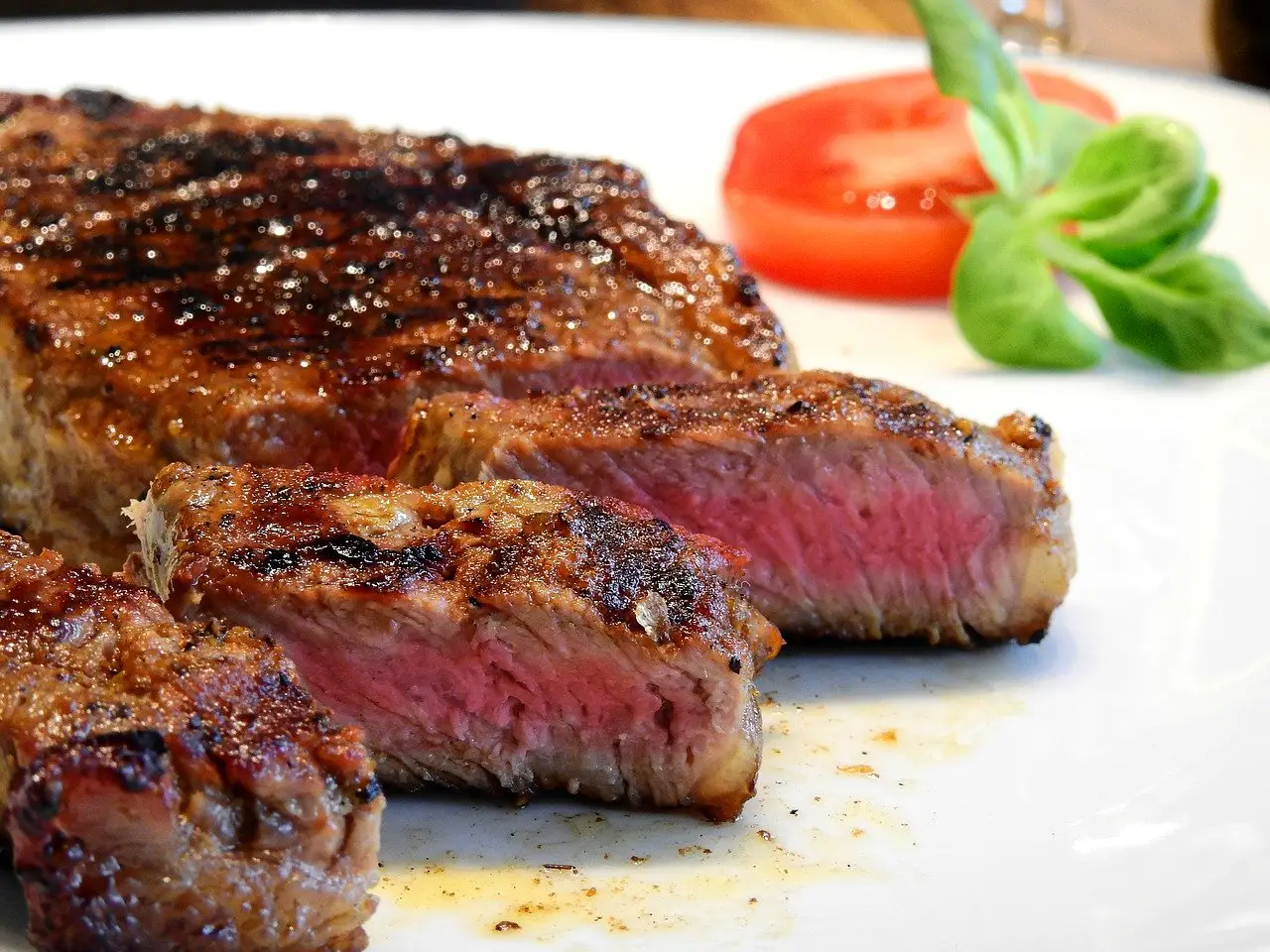Frying meat is a whole science. Sure, you can just toss the meat in the frying pan and fry for a gut feeling, but if you want to be sure to get the meat perfectly, it needs a little more finesse than that. Here are 7 good tips for cooking the perfect roast.
1. Choose good quality meat
First and foremost, the finished dish never gets better than the quality of the food. Go to a real butcher and ask for help choosing a piece that suits your taste. Your butcher can certainly also come up with direct tips on how you should prepare the exact piece of meat that you have bought so take the opportunity to take advantage of the expert knowledge.
2. Leave the meat to room temperature
It is important that you do not put the meat refrigerator cold directly in the hot frying pan. Then the surface is easily burned while the core is still cold.
How long in advance you should remove the meat from the refrigerator depends on how thick it is. If the meat is already sliced in slices about 2 cm thick, it is sufficient to remove them 30 minutes before frying. If the meat is thicker than 2 ½ – 3 cm, you should leave it at room temperature for at least an hour before it comes into the hot frying pan.
3. Salt and pepper well
When you buy good quality meat, you often do not need to use a gentleman’s mass of spices to lift (or hide) the taste. It is usually enough with salt and pepper. In return, you should not chick with the salt and pepper mill. Salt and pepper so you can actually see the spices on the surface of the meat.
4. Select the right frying pan
When frying meat chunks, it is best to prepare the cast iron pan or a thick-bottomed frying pan to get enough heat during cooking. The high heat gives a beautiful surface to the meat – and we eat almost as much with the eyes as with the mouth.
If you are going to fry several pieces of meat, you should avoid pressing more slices into the frying pan than there really is room for. Do one or two at a time and allow the cooked to rest for the time being. They only feel good about it – more on that in point 7.
5. Fry in both butter and oil
Heat the pan properly and add in both butter and oil. Butter closes the pores of the meat and prevents the meat juices from flowing, while the oil provides a beautiful surface and prevents the butter from burning. Roast on high with even heat – make sure the temperature does not get too high and the surface of the meat burns while the inside is still far too raw.
6. Do not fry too long
You may want to flip the steak several times to ensure the temperature is kept even. How long you really have to cook depends entirely on how thick the meat is – and how well-fried you want it. Here is a small guide as a starting point:
- For 2 cm thick roasts
- Rare: 1 ½ minutes per side
- Medium: 2 minutes per page
- Well cooked: 4 minutes per side
For 3 ½ cm thick roasts
- Rare: 2 ½ minutes per side
- Medium: 3 – 4 minutes per page
- Well-fried: 5 minutes per side
How do you know when the steak is cooked?
To know exactly when the meat is cooked, it is best to use a roasting thermometer. There are a variety of tricks on how to feel the consistency of the meat to know if it’s done without cutting it, but the safest thing is the thermometer.
Here is an approximate guide on what temperature gives which frying degree.
7. Allow the meat to rest and cut properly
When the meat is cooked, let it rest before you cut it, preferably 5 – 10 minutes so that the meat juice goes back into the fibers and the taste settles properly. When you cut the meat then try cutting across the veins in the meat. Then both taste and look better – win win simply.
